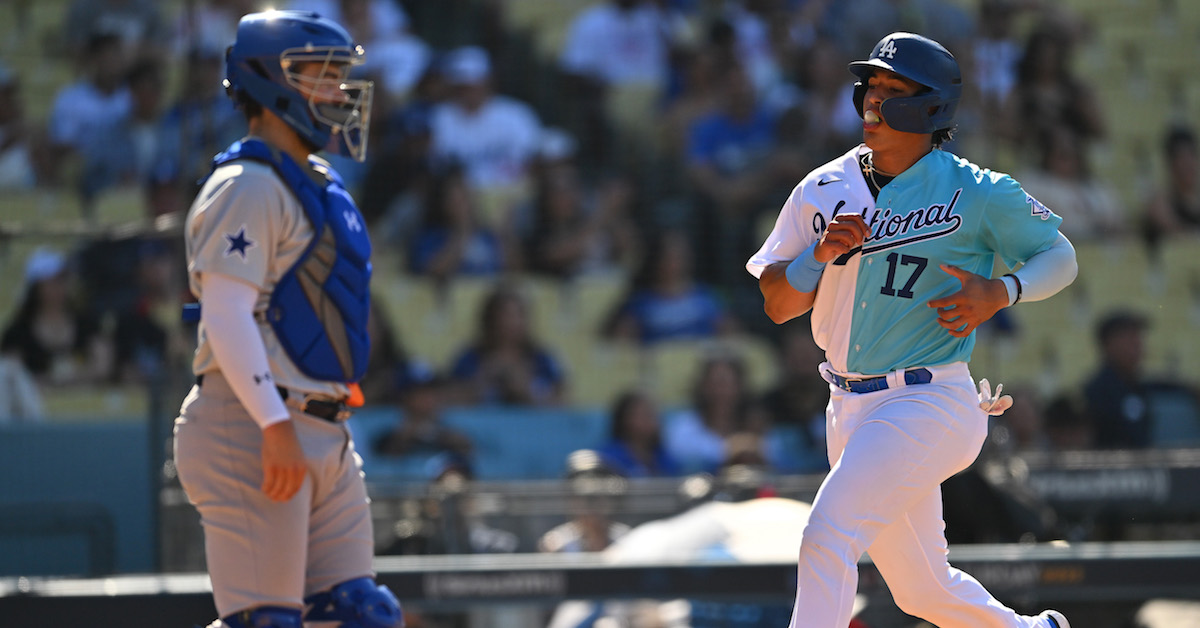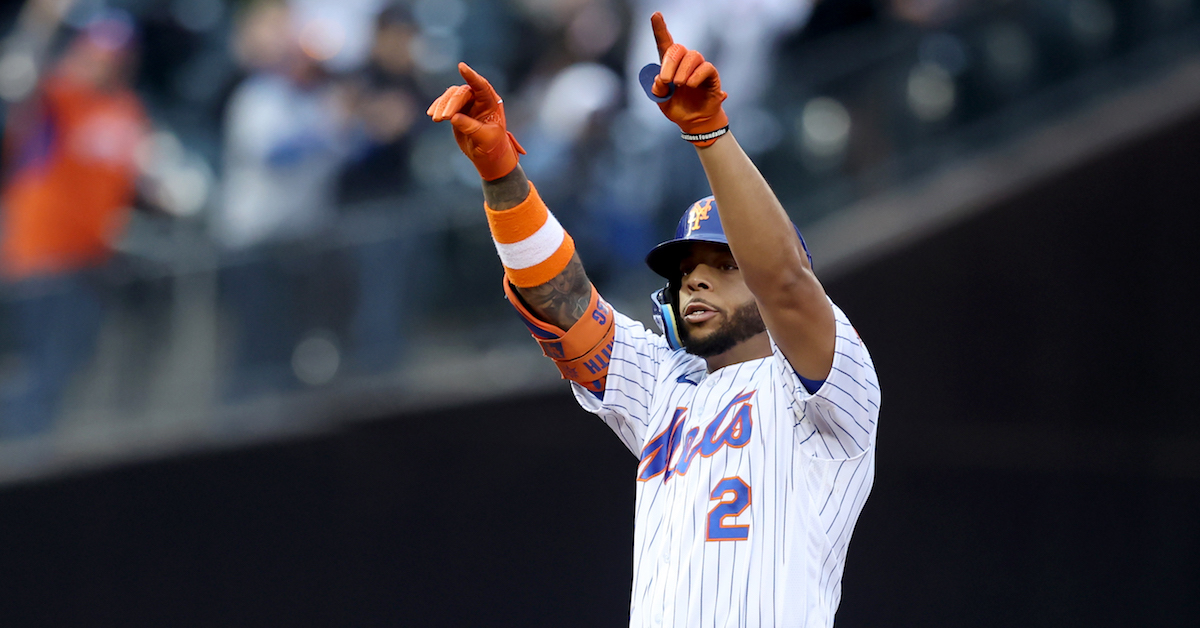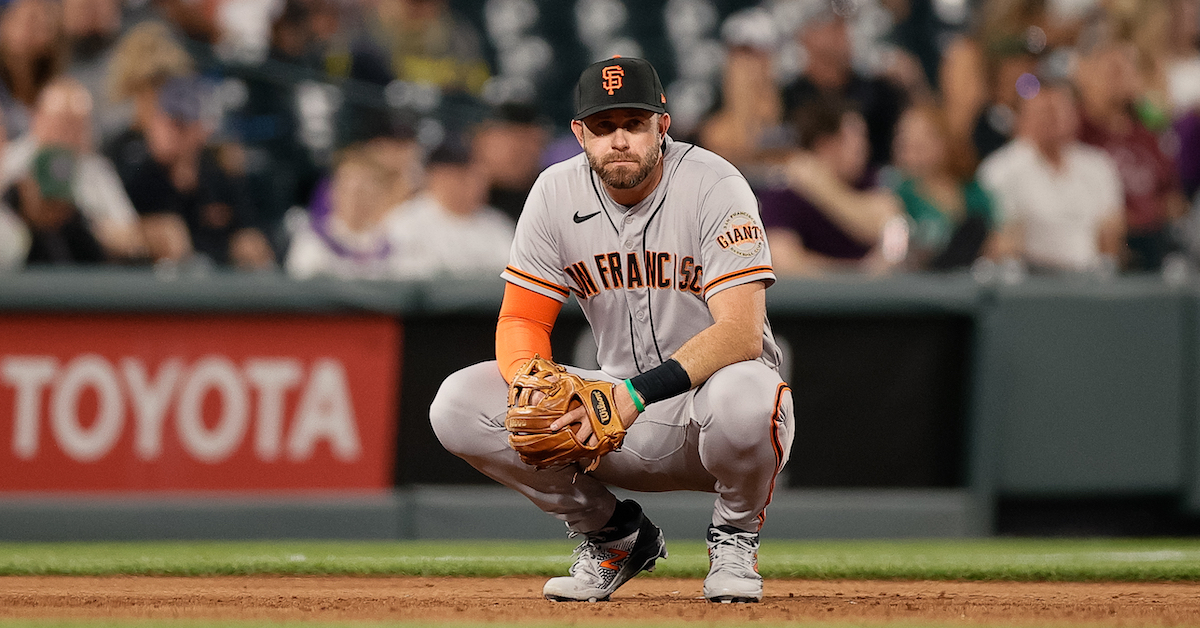The Red Sox Have Finally Extended Rafael Devers

“Extend Devers!” they shouted from the streets and the rooftops and the churches and the public houses and the decks of fishing boats and the parking lot of the local Dunkin’ Donuts. “Extend Devers!” they cried for years, as Mookie Betts and Christian Vázquez were traded and Xander Bogaerts, Eduardo Rodriguez, Nathan Eovaldi, and J.D. Martinez left in free agency.
Surely this last stalwart of Boston baseball would not be allowed, encouraged even, to complete his career elsewhere. Rafael Devers is coming off the best offensive season of his career. He’s one of the best hitters in baseball; he’d be the best homegrown player the Red Sox had produced in a generation, had the Red Sox not also produced Betts.
And he’s staying put. News broke Wednesday night that the Red Sox and Devers have agreed to an 11-year, $331 million contract extension that will keep the color of his socks unchanged through the 2033 season. This deal supersedes the one-year, $17.5 million arbitration-avoiding settlement announced the day before. Your pleas have been heard, your prayers answered, your supplications fulfilled. Devers has been extended. Hallelujah. Read the rest of this entry »









